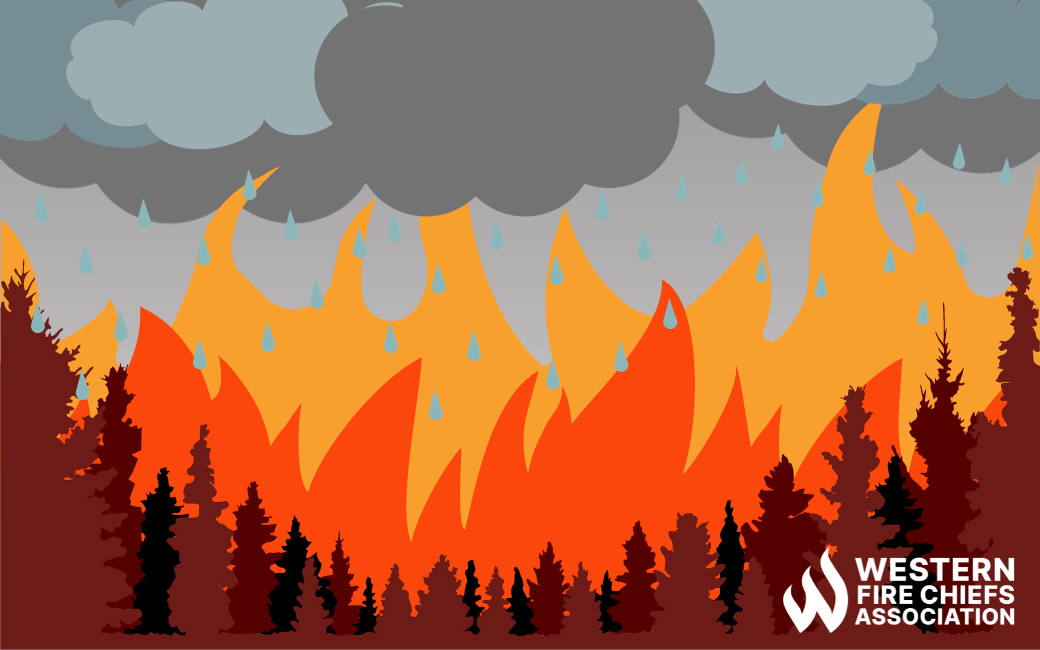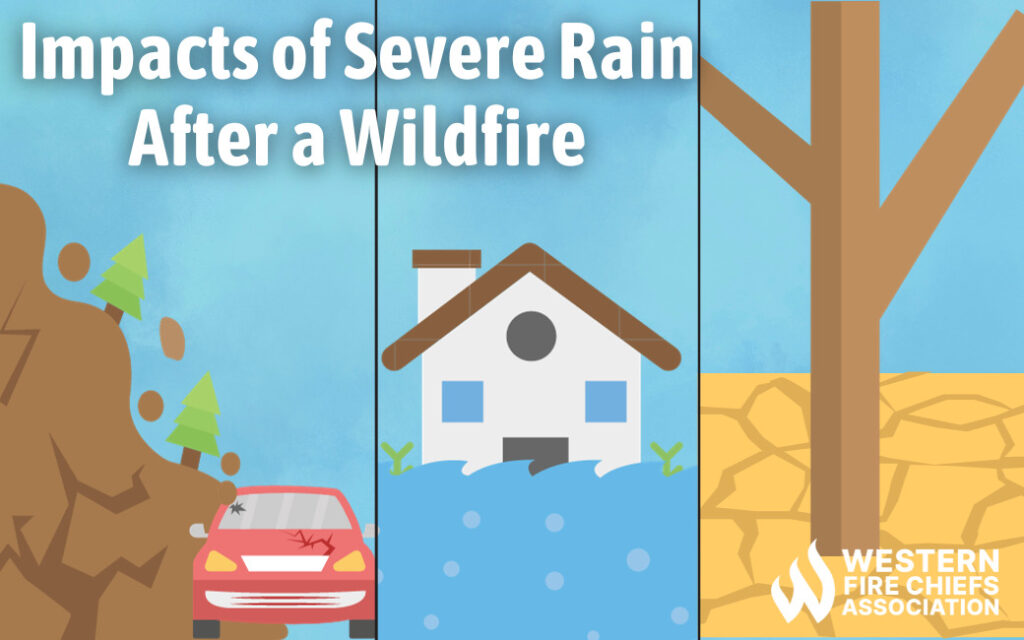Fire Pit Safety Tips
Stay safe around the campfire with tips from the Western Fire Chiefs Association. Learn essential precautions and practices for a worry-free outdoor campfire.
Explore the relationship between rain and wildfire smoke. Learn how precipitation can quell flames, but also influence fire behavior and reshape ecosystems.
Published:October 31, 2023
Edited:March 1, 2024

Explore the relationship between rain and wildfire smoke. Learn how precipitation can quell flames, but also influence fire behavior and reshape ecosystems.
Rain plays a significant role in wildfires, and its impact on the environment can be both good and bad. On one hand, rain can help extinguish fires and clear out wildfire smoke. However, on the other hand, it can trigger disasters such as landslides in areas where wildfires have burned through. In this article, we’ll dive into the details of the unique dynamic between rain and wildfires.
Depending on the size of the fire, rain can aid in extinguishing a forest fire. It also depends on the environment; if there is a decent amount of rainfall, the moisture from the rain can reduce the intensity of the fire by wetting any existing fire fuel, such as trees and plants. This makes it harder for the fire to spread and can help firefighters in their efforts to control and extinguish the flames. However, the effectiveness of rain in extinguishing a fire depends on various factors, such as the intensity of the fire, the type of vegetation, and the duration and amount of rainfall. While rain can be beneficial, it may not completely extinguish a large or intense forest fire on its own.

Severe rain events following a wildfire, specifically wildfires in the Western U.S., are projected to be more common due to the impacts that wildfires have on the affected areas. Although wildfires do not cause rain to occur, they do play a significant role in the severity that rainfall has on that environment. The combination of an intense wildfires followed by rainfall can increase the risks of flash floods, mudslides, and erosion in fire-affected areas. This is because the fire destroys vegetation and damages the soil, reducing its capacity to absorb water. The correlation between increased rainfalls after a wildfire is comparable to how rising temperatures contribute to the increased occurrence of severe wildfires.1
Rain can be quite helpful in clearing wildfire smoke from the air. When it rains, the water droplets capture and bring down the smoke particles to the ground, effectively reducing the concentration of smoke in the air. This process is called coagulation and can lead to improved air quality and better visibility, providing some relief from the smoky conditions caused by wildfires.2
Acid rain is typically a result of pollutants, such as sulfur dioxide and nitrogen oxides, reacting with water in the atmosphere. While smoke from wildfires does contain some pollutants, the concentration is typically lower compared to industrial emissions.3 Therefore, the impact of smoke on acid rain formation is generally minimal. However, it’s worth mentioning that if there are other sources of pollutants in the area, such as power plants or factories, rainwater can interact with those pollutants and create acid rain. But in the context of solely rain and smoke from wildfires, the production of acid rain is not a significant concern.
Stay safe around the campfire with tips from the Western Fire Chiefs Association. Learn essential precautions and practices for a worry-free outdoor campfire.
Discover essential firework safety tips to ensure a dazzling display without accidents. Learn how to celebrate responsibly with expert guidance from WFCA.
Explore the role of AI in wildfire prediction with guidance from the WFCA. Learn how advanced algorithms and data analytics enhance early detection and response.